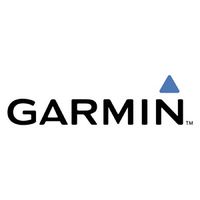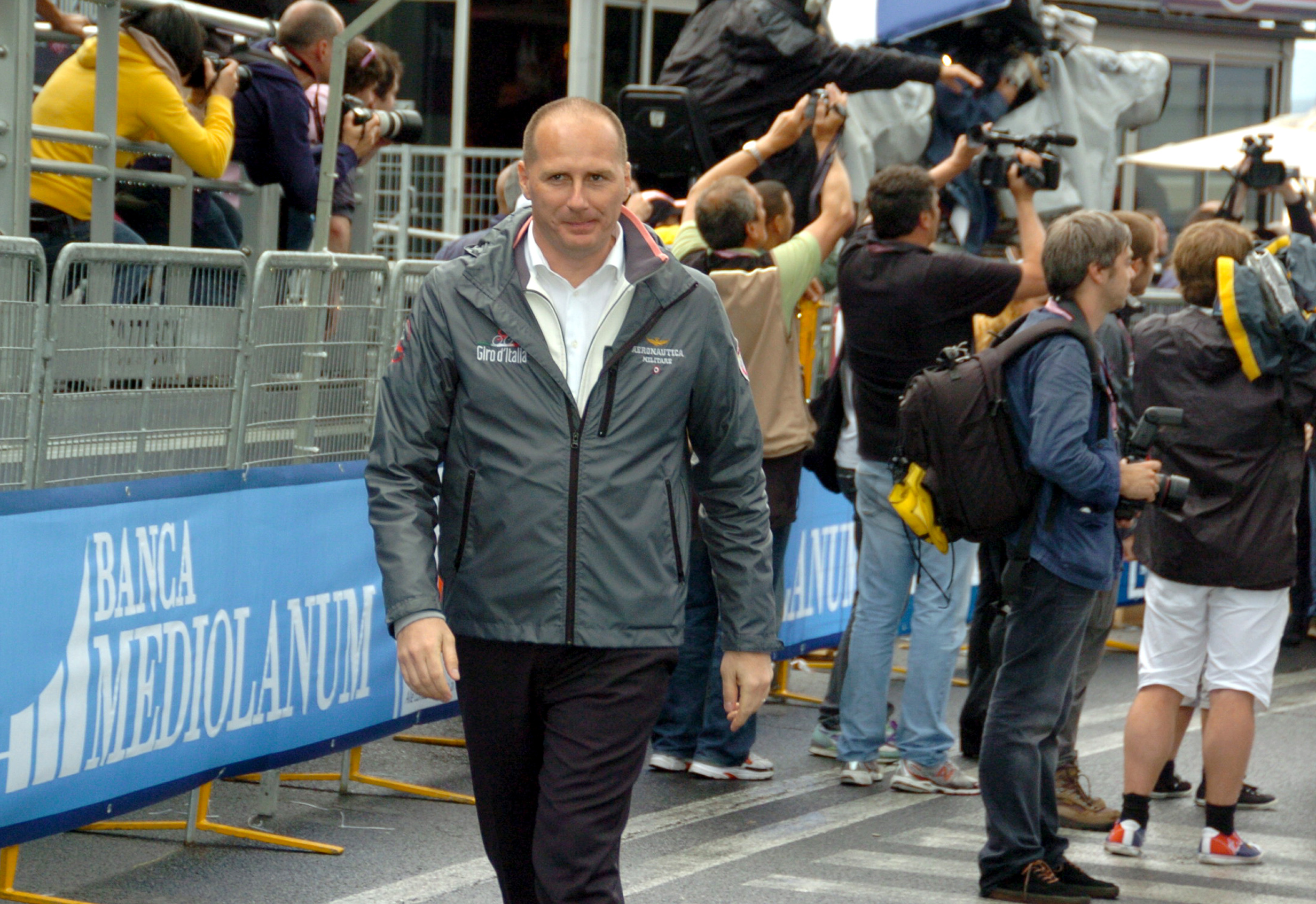Interface and data
From the outside, and bar updated graphics, the Edge 810 looks the same as the Edge 800 it replaces as Garmin’s top-of-the-range GPS computer. The unit is the same size (5.2 x 9.3 x 2.5cm) and has the same three external buttons (on/off, lap, start/stop), while the screen is still 2.6″ diagonally and all-up weight is exactly the same at 98g. Battery life is a claimed 17 hours.
Garmin have made a number of changes under the bonnet, however, and the Edge 810’s user interface is very slick. The key update is the ability to create profiles for ten bike types (each bike profile can be customised for weight, wheel size and crank length, and configured with associated ANT+ wireless accessories), with five activity profiles for each, which allows you to pre-define what data is displayed on the five customisable screens for each ride, with up to ten data fields on each screen. Is that enough data for you?

It’s more than enough for me. As standard I have three bike profiles (road, mountain bike, cyclo-cross) and a number of activity profiles. For example, for road, I have activity profiles for commuting, training, base training and racing. The commuting profile just displays the basics (time of day, speed, average speed and distance), while the base training profile (which is getting plenty of use at this time of year) displays more information (elapsed time, time of day, distance, distance to next waypoint (as I am often following a new route), heart rate, heart rate zone and elevation – significantly I choose not to display average speed as heart rate is the defining training metric when I’m out on a solo base ride). There’s plenty more data available besides that, covered by 11 data categories (cadence, calories, courses, distance, elevation, general, heart rate, navigation, power, speed and workouts).
The Edge 810 uses the ANT+ protocol to communicate with any compatible cadence sensor, heart rate monitor or power meter, and you can create a user profile with your height, weight, and heart rate/power zones. That really is just to scratch the surface of the Edge 810’s data capability and, chances are, most regular riders won’t harness its full potential.

Everything is displayed on a screen which is the same resolution as the Edge 800 (a relatively grainy 160×240 pixels) and we expected an improvement considering the 810’s premium position. Maybe next time, eh? Still, the menus are intuitive, and the touchscreen itself is easy to use and responsive when wearing gloves.






